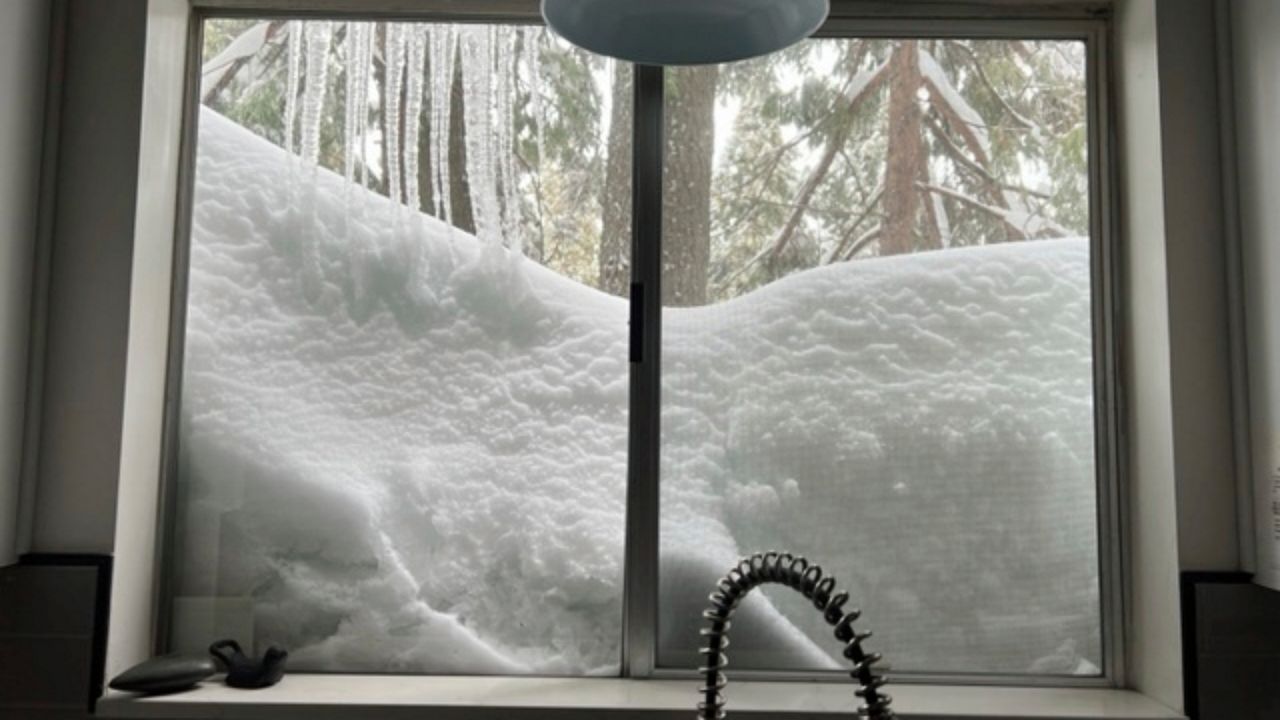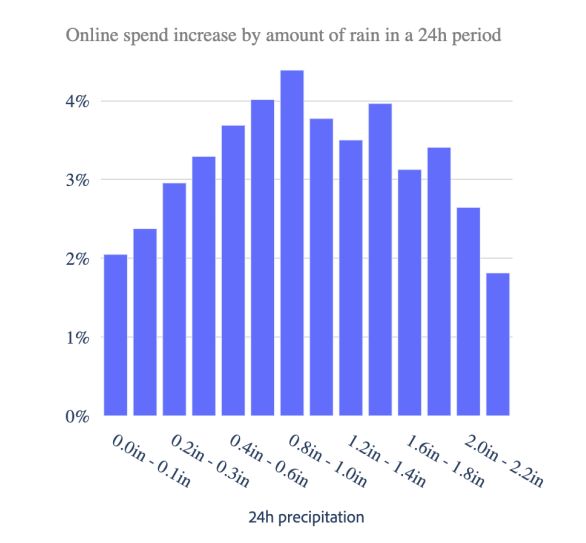The evolution of e-commerce brought many advantages to retail, especially during the holiday season. The convenience of shopping anytime, anywhere, continues to delight both buyers and sellers, particularly when the weather is less than ideal.
Before the internet era, weather absolutely impacted retail. “Bad” weather prevents shoppers from going to the store. Really bad weather can even force retailers to close doors until conditions are safe to reopen, resulting in a total loss of sales.
Implementation of online shopping essentially eliminated this undesired outcome, at least from a practical perspective. The ability to buy and sell online 24/7 opens more opportunities for retailers to make a profit, and the weather alone can no longer shut down shopping totally.
While the connection between weather and e-commerce is evident, tying sales with specific conditions becomes a bit more ambiguous. This is especially true depending on the location and industry.
However, recent study released by Adobe and The Weather Company reveals that certain weather conditions could drive online sales up or down more so than others.
Rainy days make it rain
Online retailers should pray to the rain gods, as a lack of rain could imply a drought in sales. In the study mentioned above, researchers found that rain would amplify online sales the most, increasing as much as 4% (or more).
The chart above shows trends in online sales with increasing daily rainfall totals. (Adobe/The Weather Company)
There’s a caveat to this, though. Sales tend to peak when there is between 0.8 and 1 inch of rain in a 24-hour period. As rainfall totals exceed that range, sales decreased, most likely because of the severity of the event.
Online retailers could reap bigger gains when it rains on the weekend, too. Online sales could double what they normally would on a rainy weekday.
Snow sales are split
Rainy days were associated with the most notable spike in online sales, but snow and wind could also affect e-commerce. However, the impacts for each aren’t as clear-cut and vary locally.
The cities that experience at least 20 inches of snow per year follow a similar trend to rainy days. Online spending will typically increase until it hits a sweet spot around 8 inches. When accumulations climb above that threshold, sales will probably decrease.

Snow is piled up against the kitchen window of a home in Lake Arrowhead, California on Feb. 28, 2023. (Jennifer Cobb via AP)
Snow is a sale-stopper for areas that receive less than 20 inches per year on average, and its effects can become quite dramatic. Cities in the southern half of the country could see sales drop nearly 6% even with just 1 to 2 inches of snow on the ground.
)
As for areas seeing over 75 inches per year on average, snow didn’t really have an impact; that is, until accumulations exceeding 10 inches in a day. At that point, it had a negative effect.
Are winds a win?
While precipitation influences e-commerce the most, winds aren’t far behind.
To a lesser extent, winds increasing between 15 to 20 mph could push sales up the most by as much as 3.5%.
Yet, stronger winds reaching speeds of 30 mph or more could see a sharp decrease in online spending.
Facing opposing outcomes
On the contrary, some researchers in the field found that the weather had little, if any, effect on e-commerce.
Graduating with a degree in meteorology from Rutgers University, John Cardinale, search engine optimization (SEO) director at Tapestry based in New York City, found opposing results when an examining the number of page views of a popular cosmetic brand on rainy days.
Looking specifically at precipitation in New York City, he found that there was a significant decrease in page views to that particular webpage, especially when more rain fell on a given day.
“I believe you see these mixed results because the weather will impact each business and region differently,” Cardinale explains upon noting the difference between his results and the Adobe study.
“Even my findings may not be applicable to all other cosmetic companies. Different assortments and product lines are impacted by different weather in certain regions,” said Cardinale.
As we encounter new extremes, Cardinale stresses that the weather will continue to impact different markets uniquely, stating that, “The advantages/disadvantages will depend on the product, location and how our climate changes.”
Our team of meteorologists dives deep into the science of weather and breaks down timely weather data and information. To view more weather and climate stories, check out our weather blogs section.

